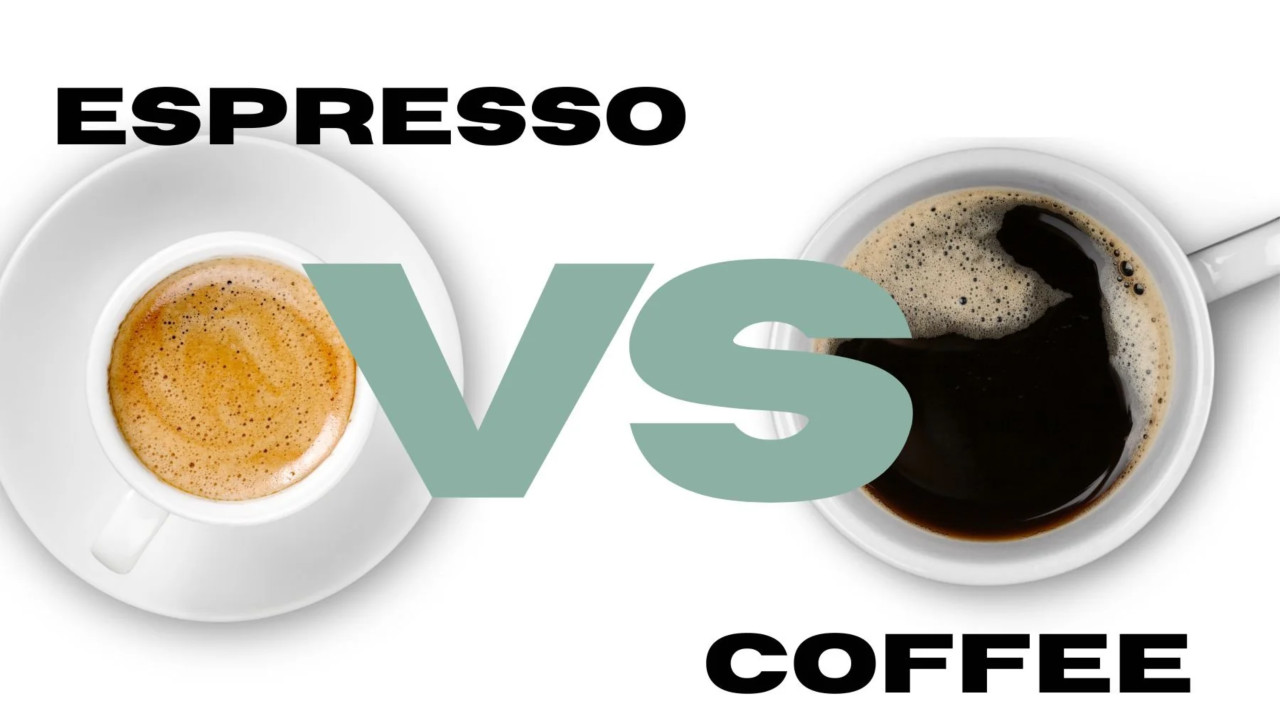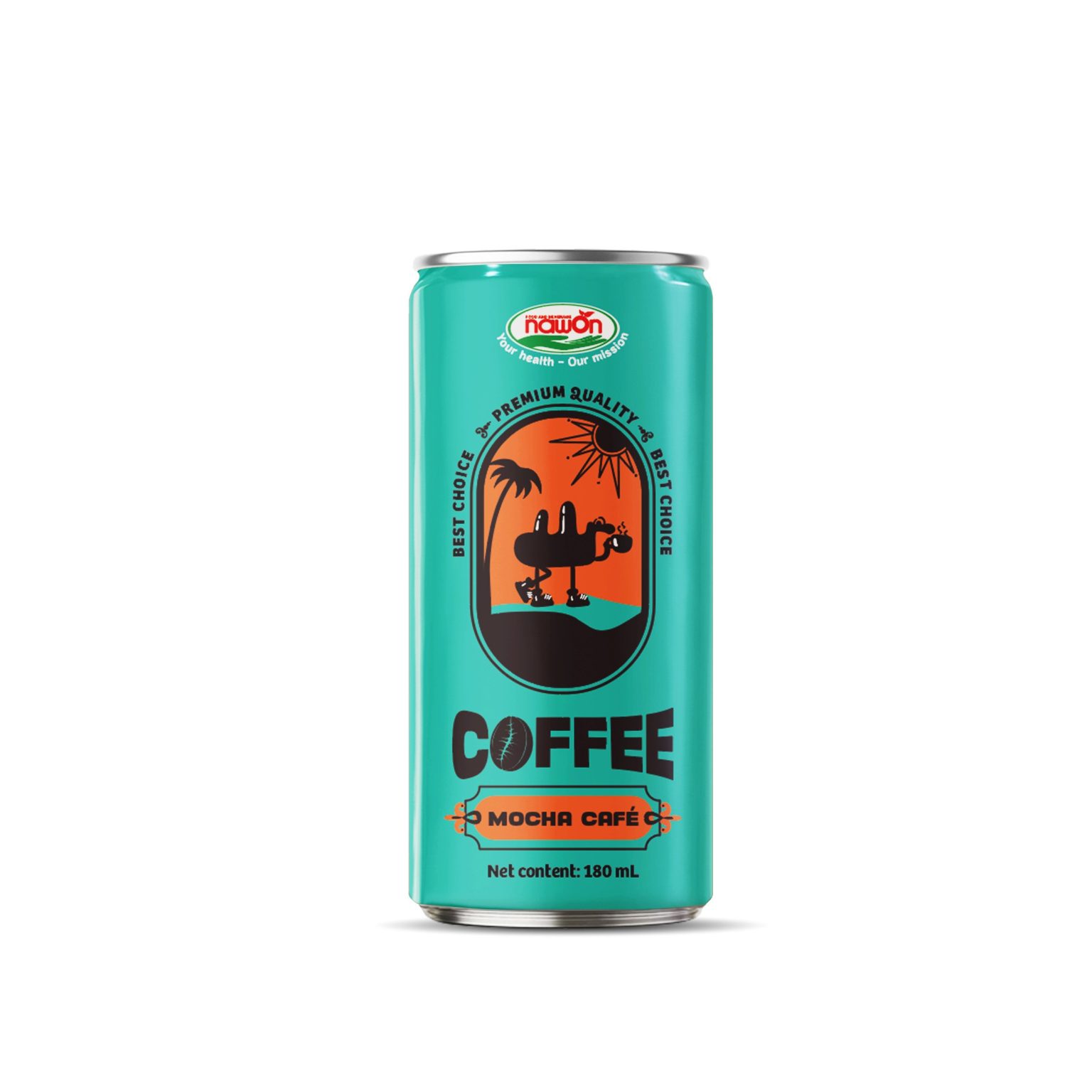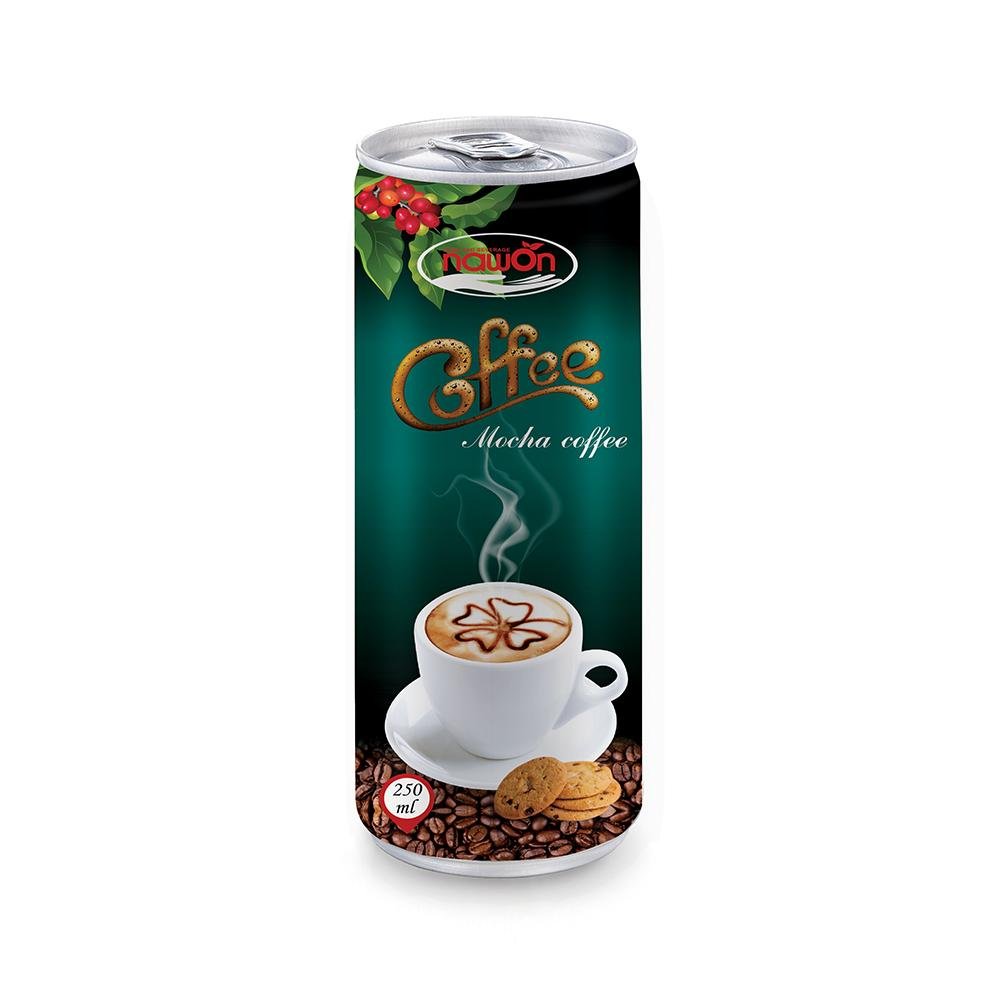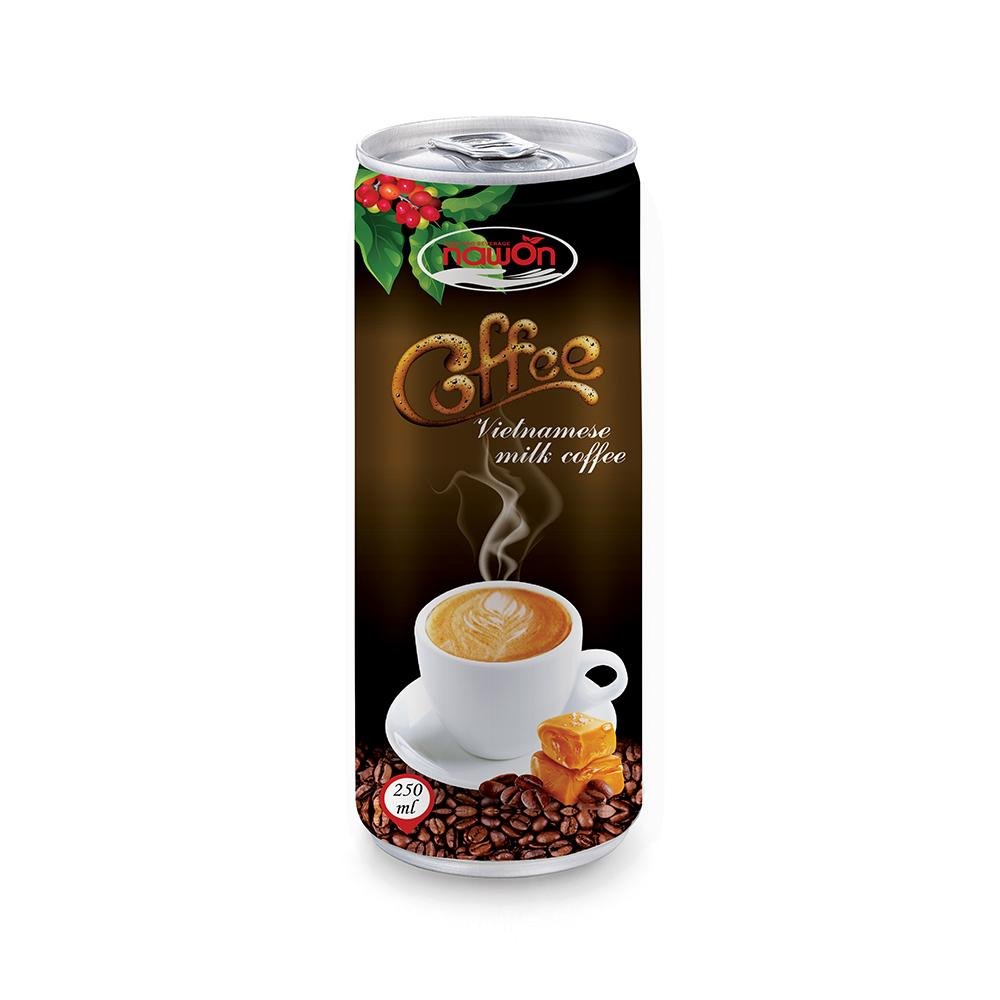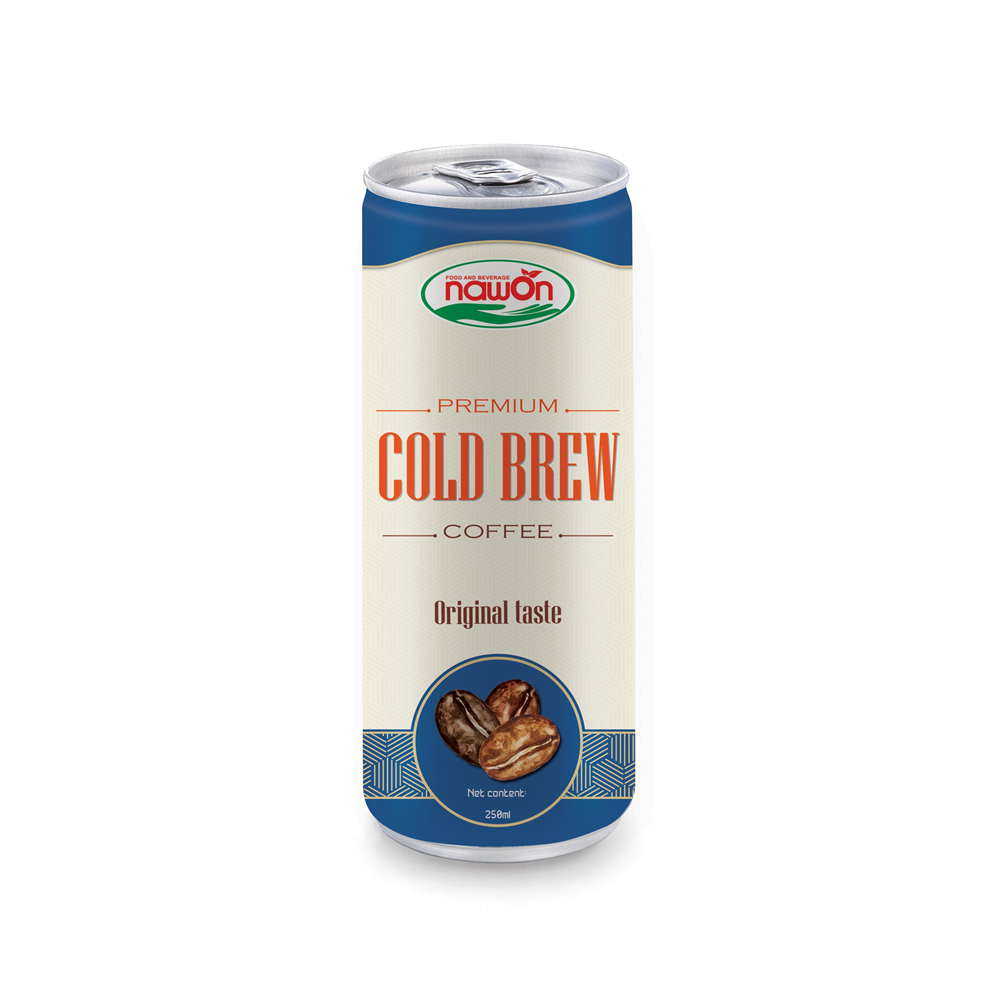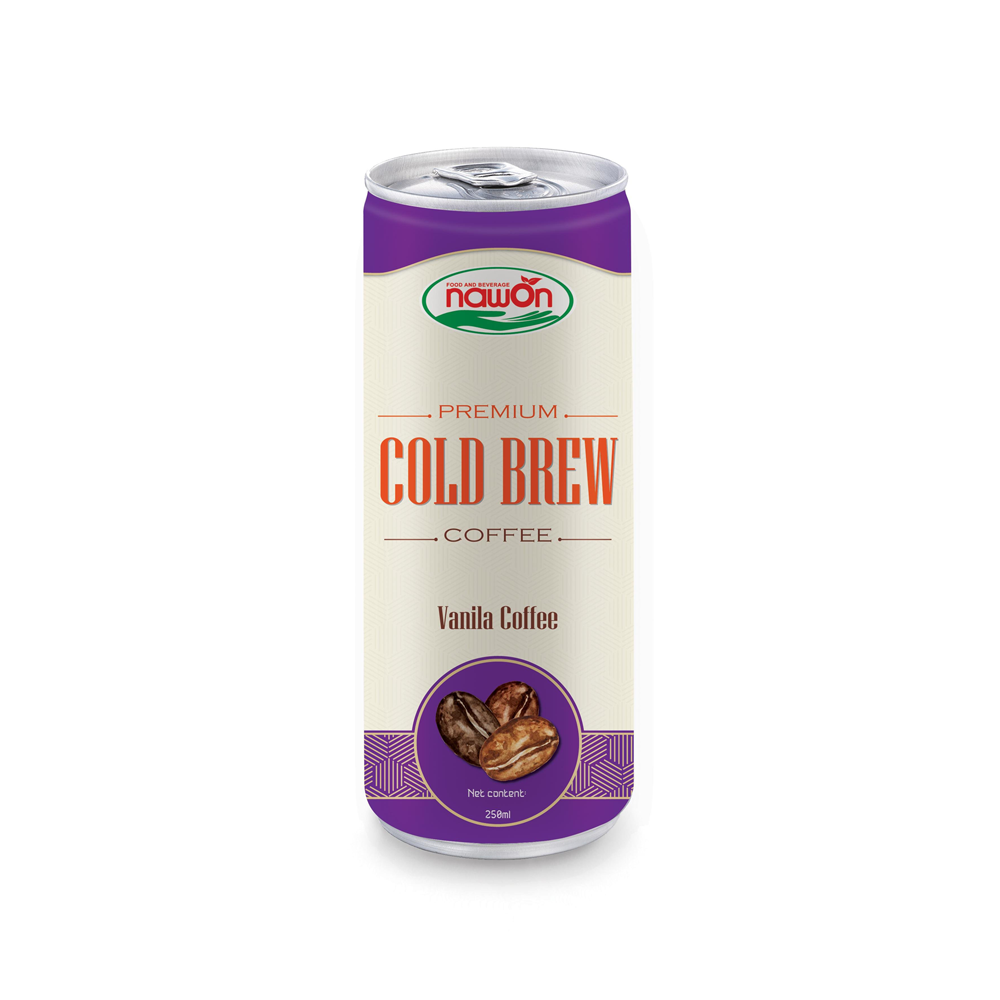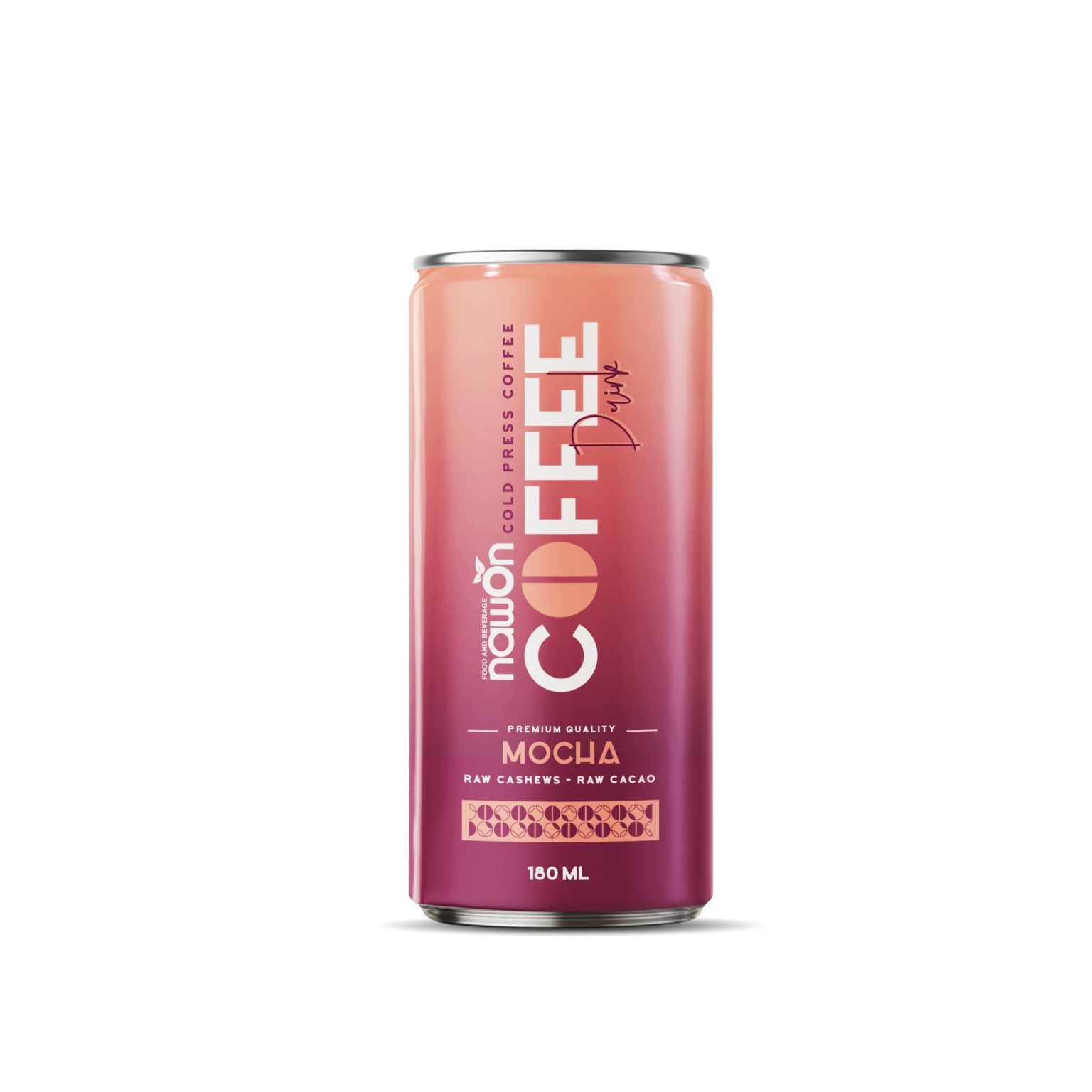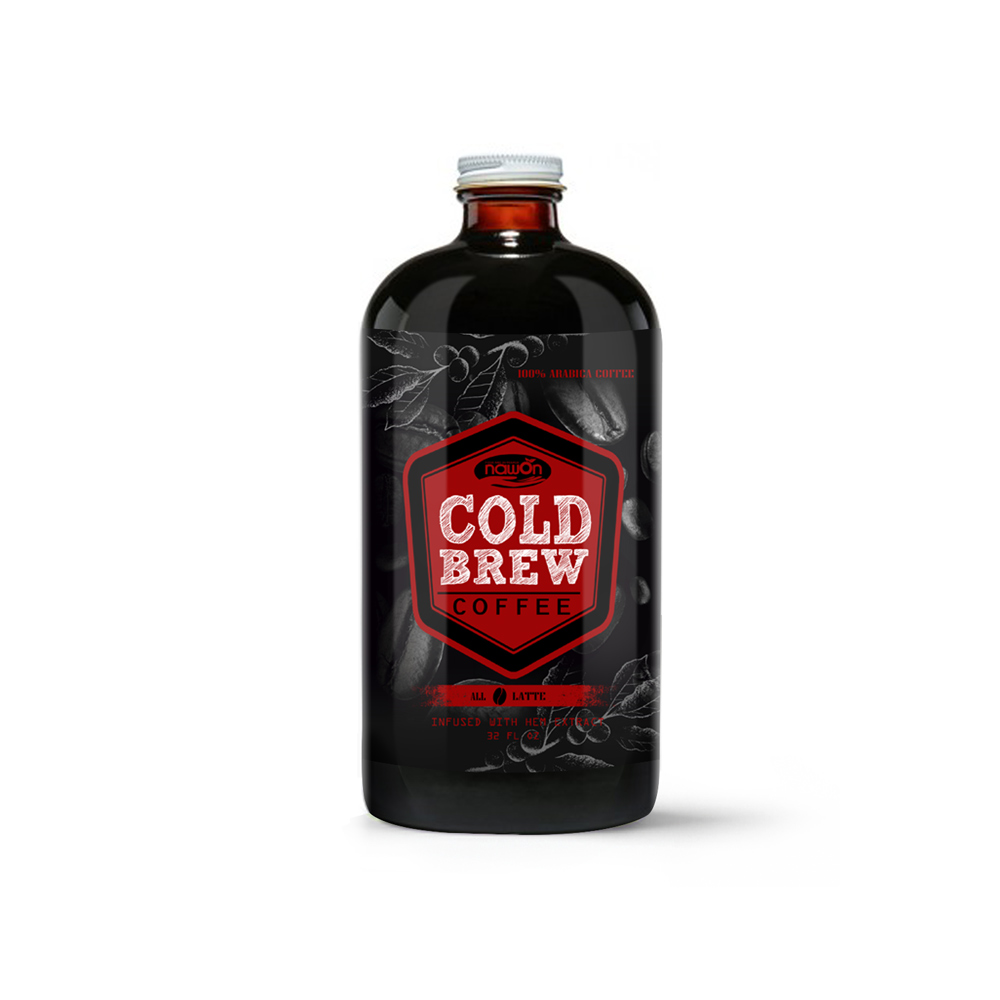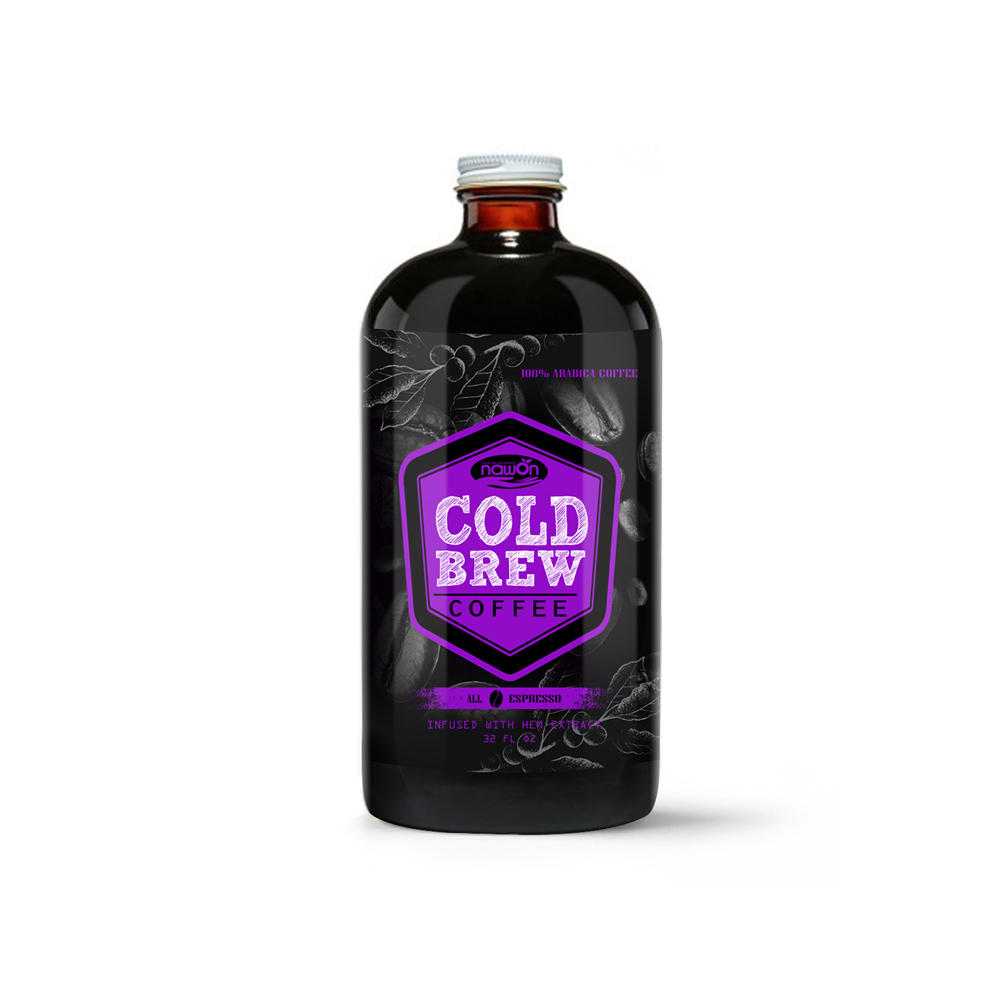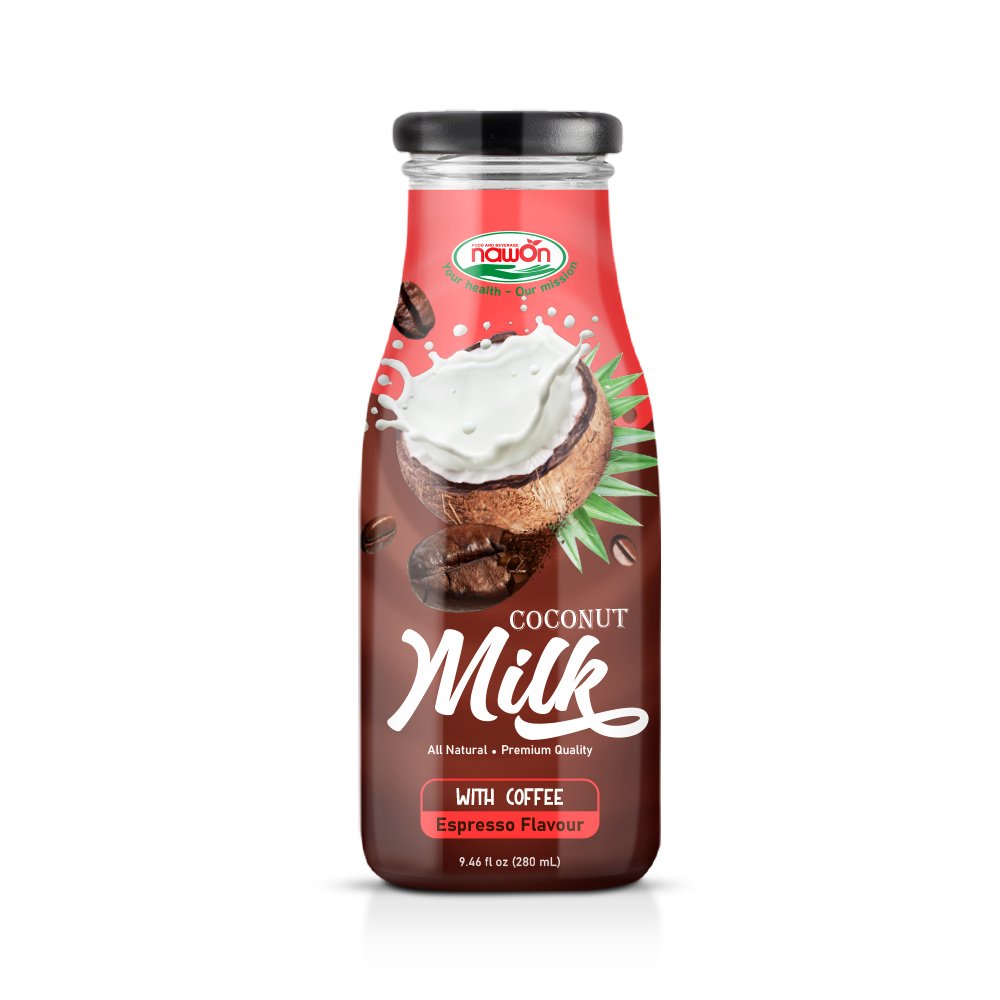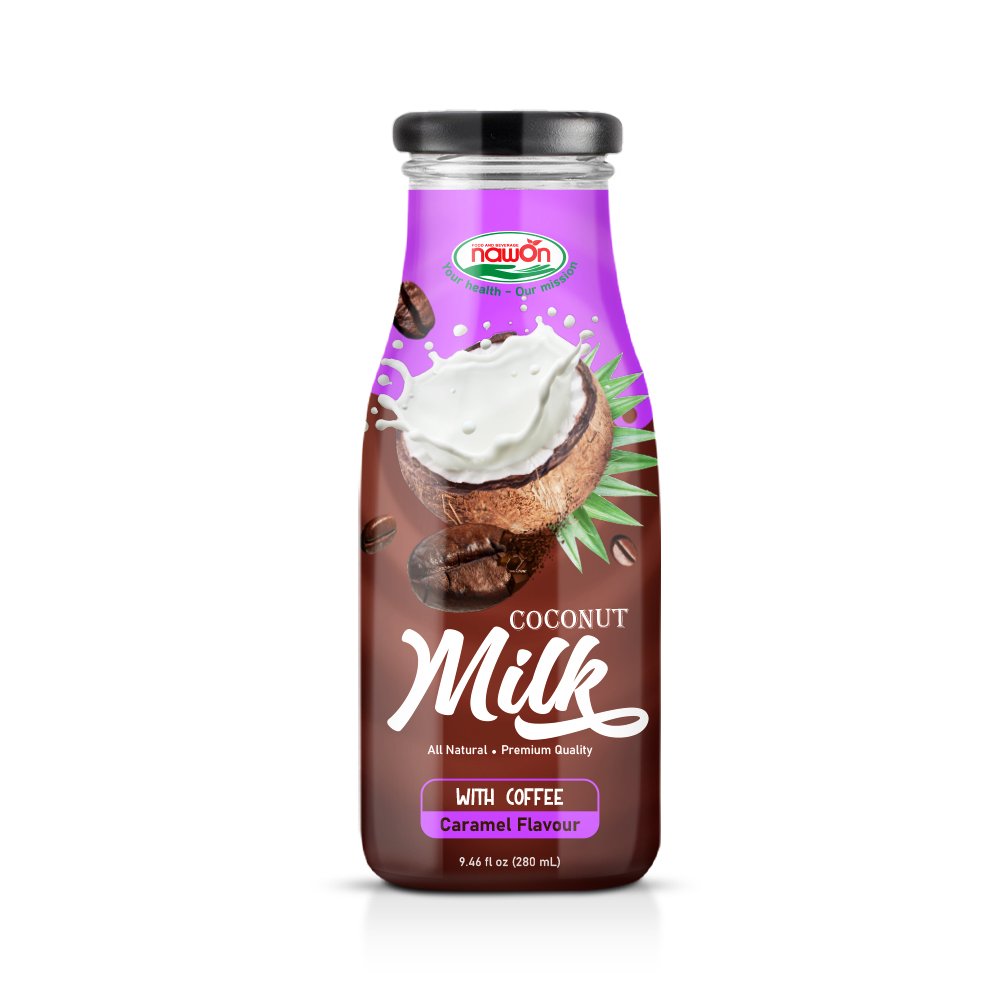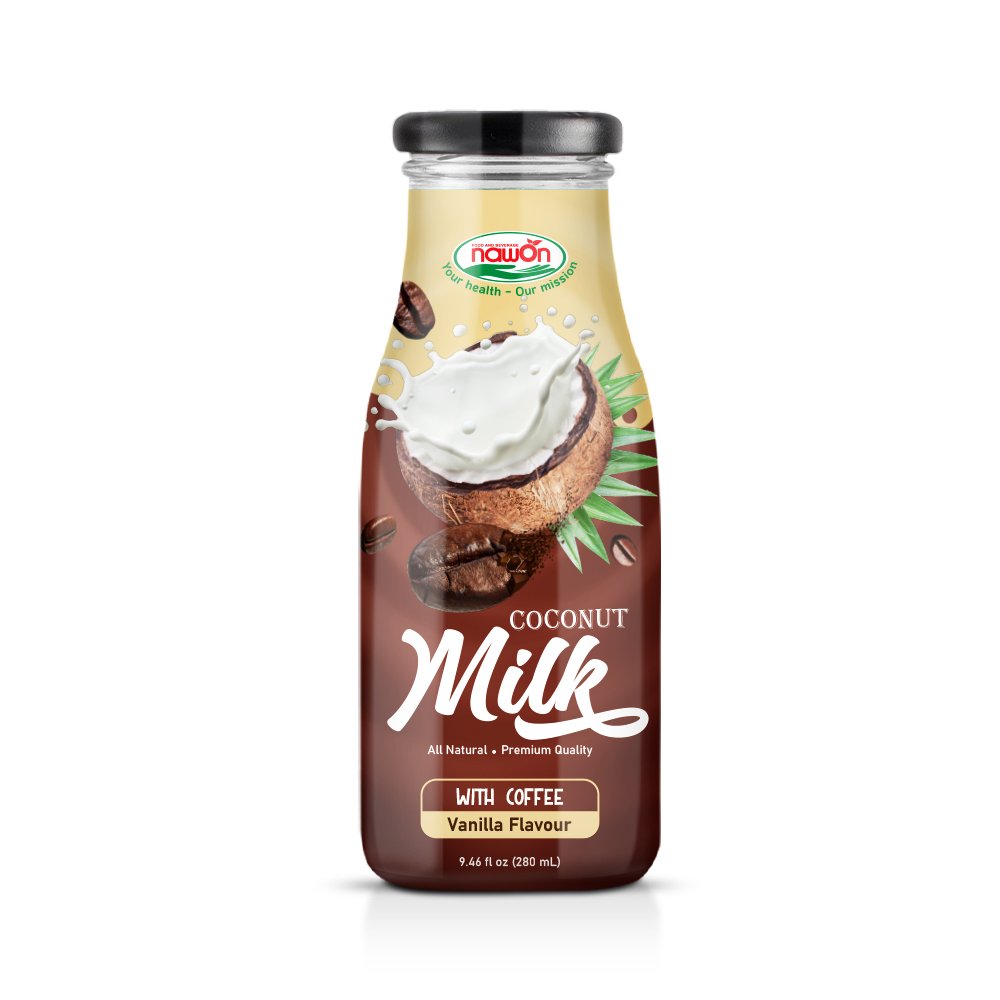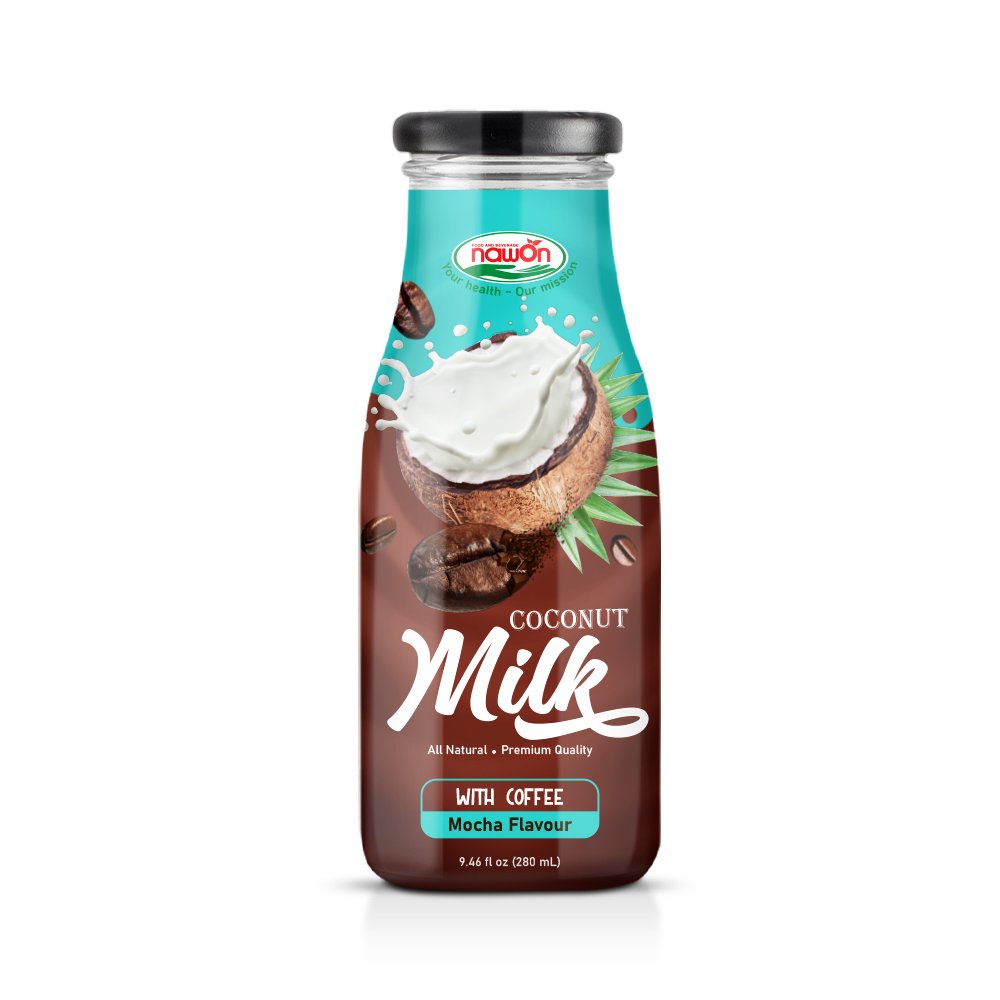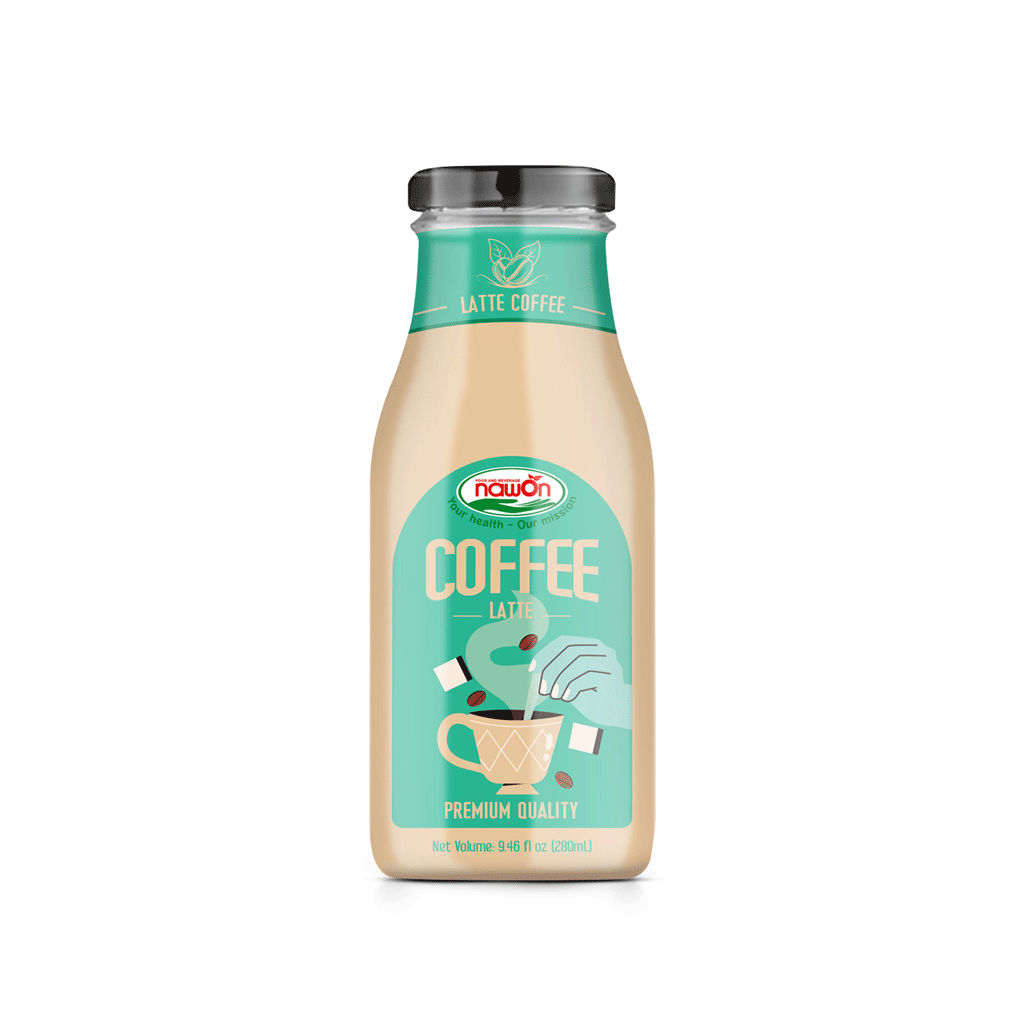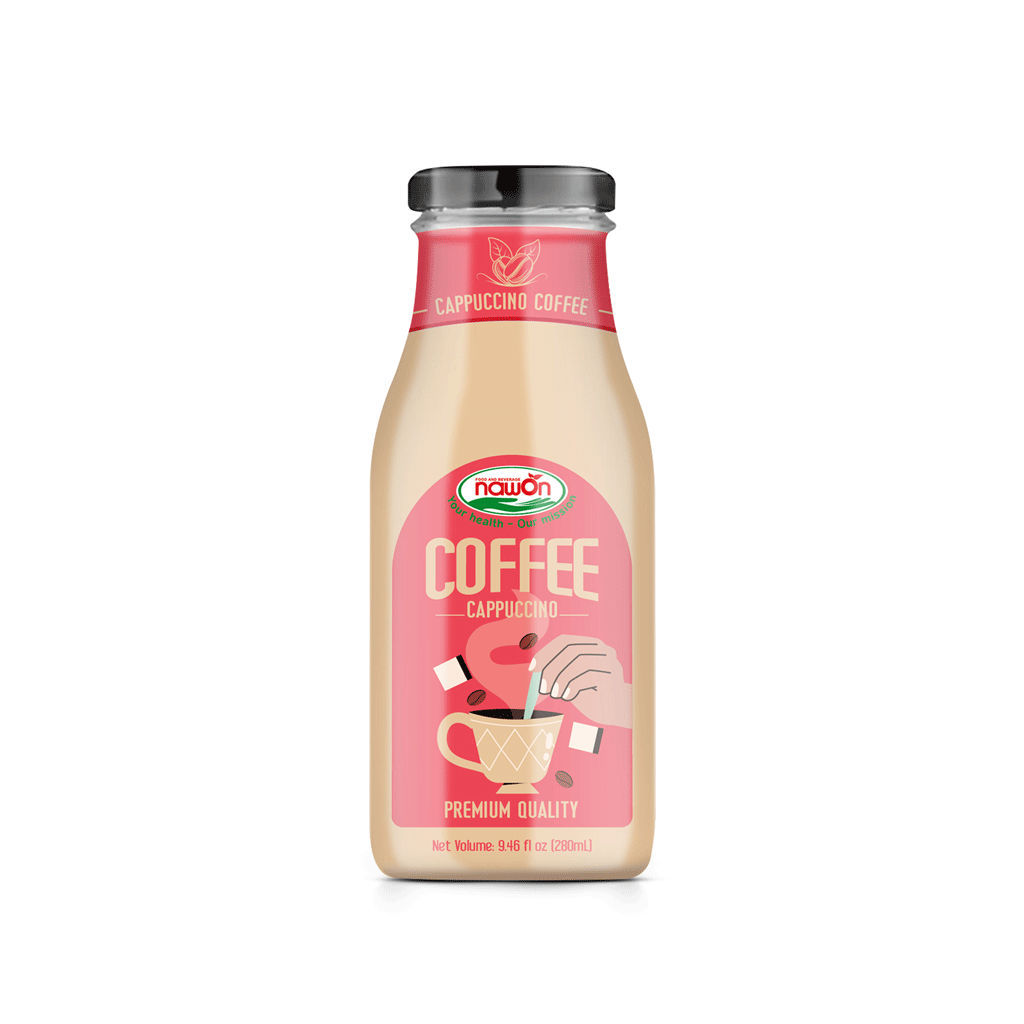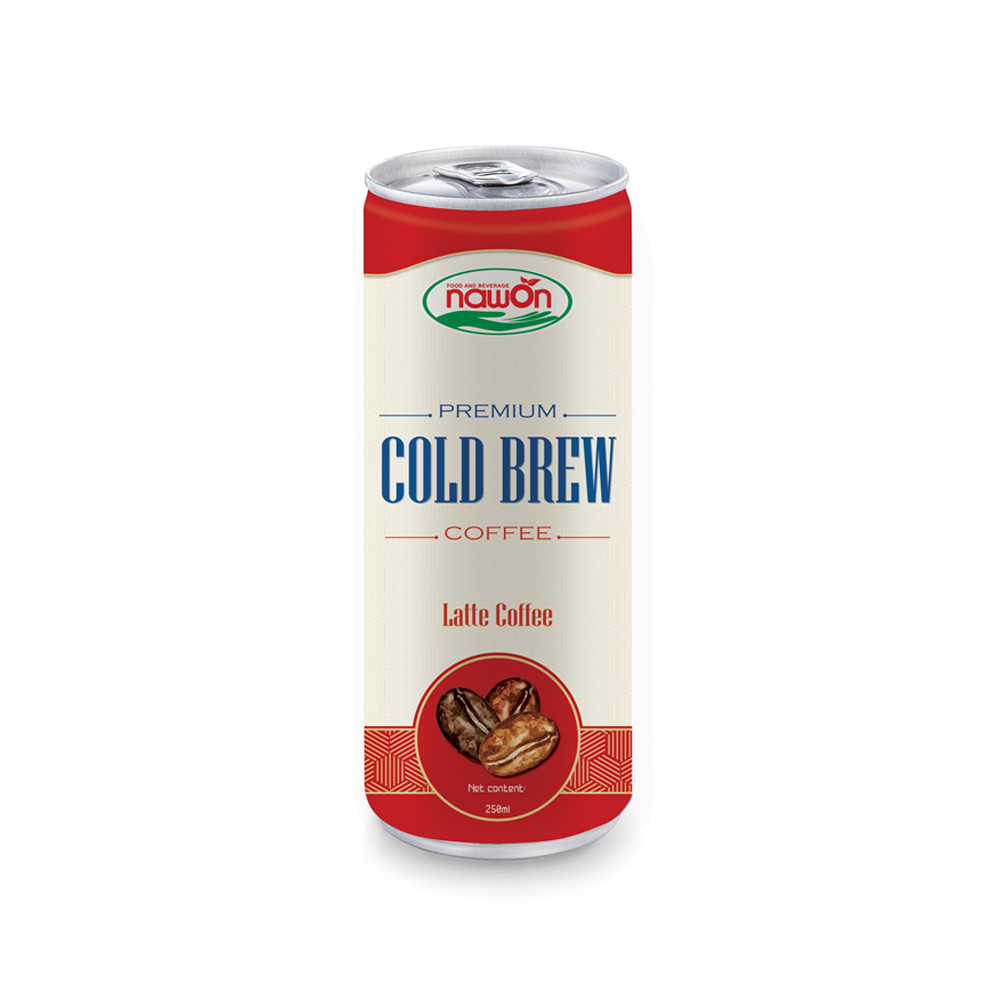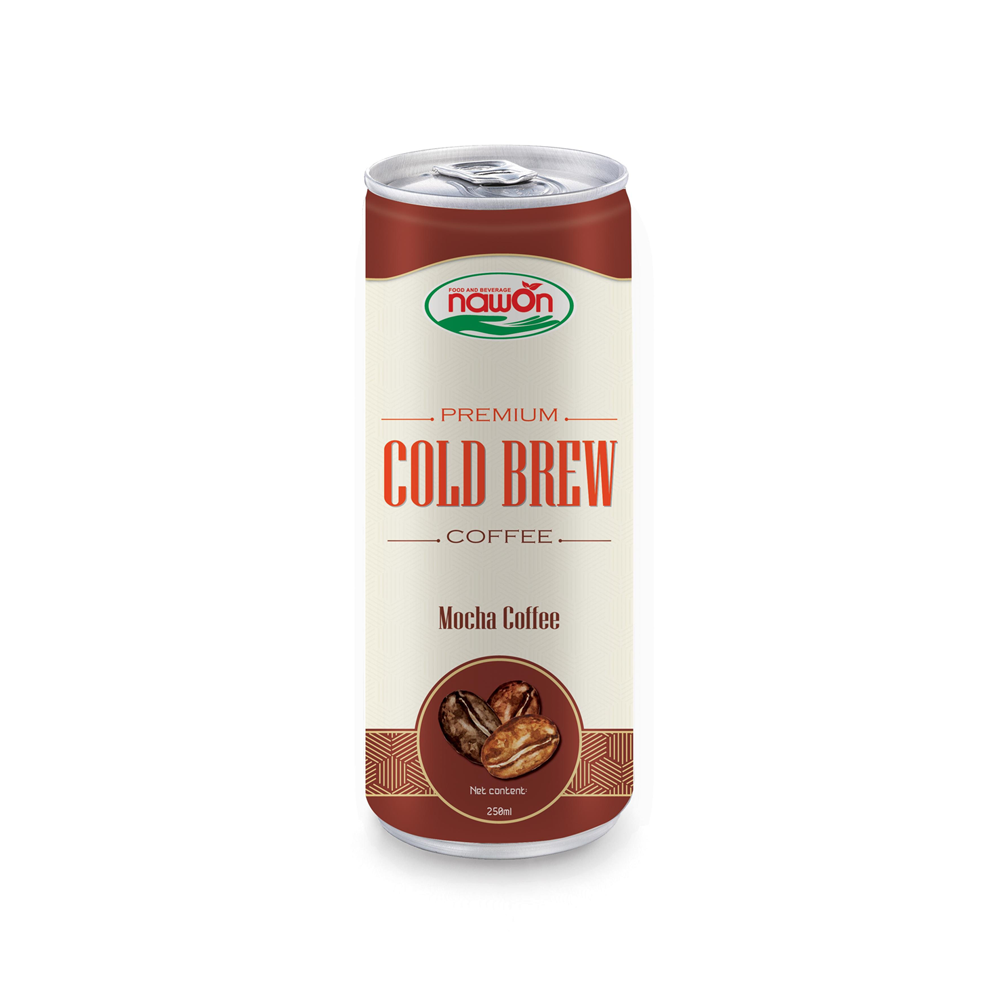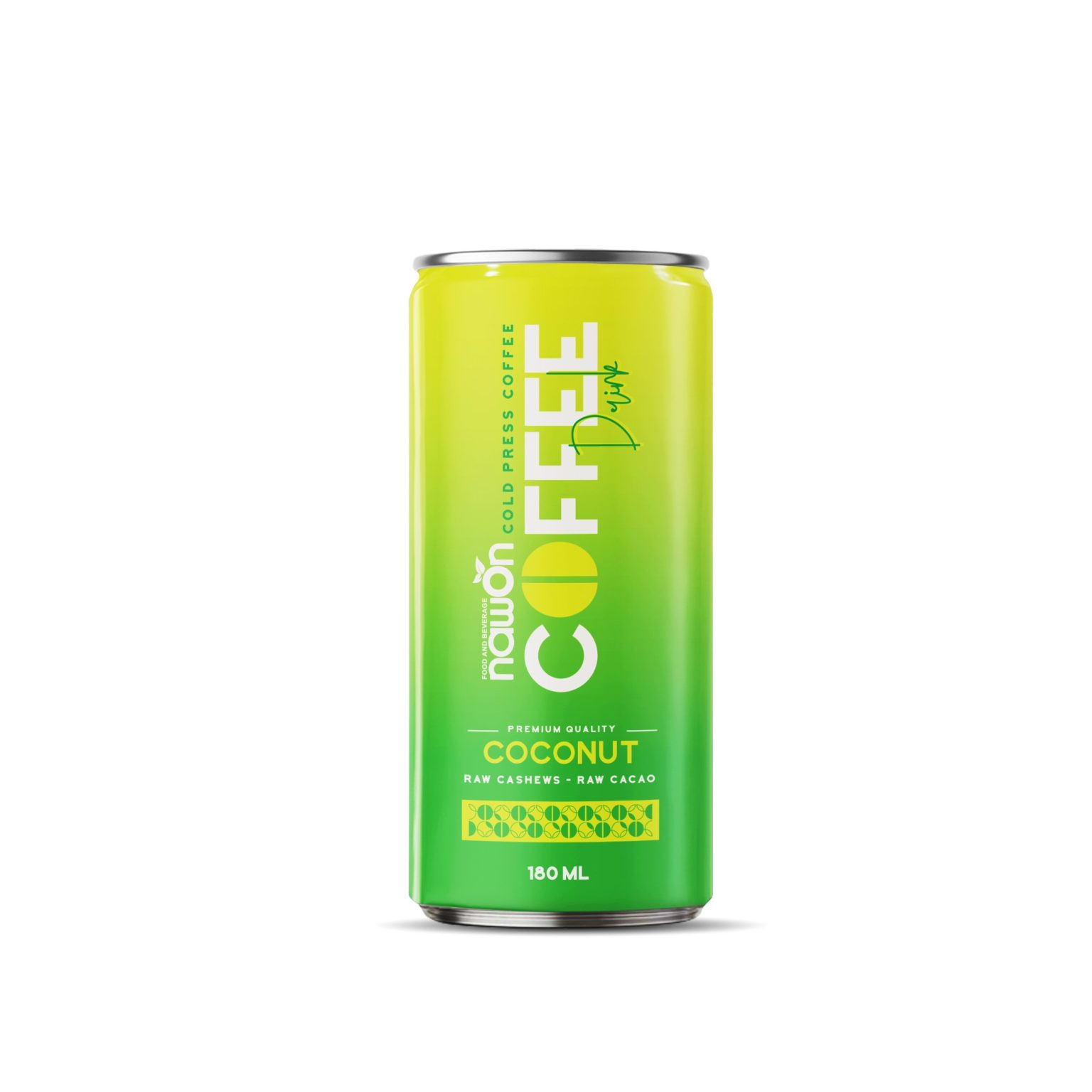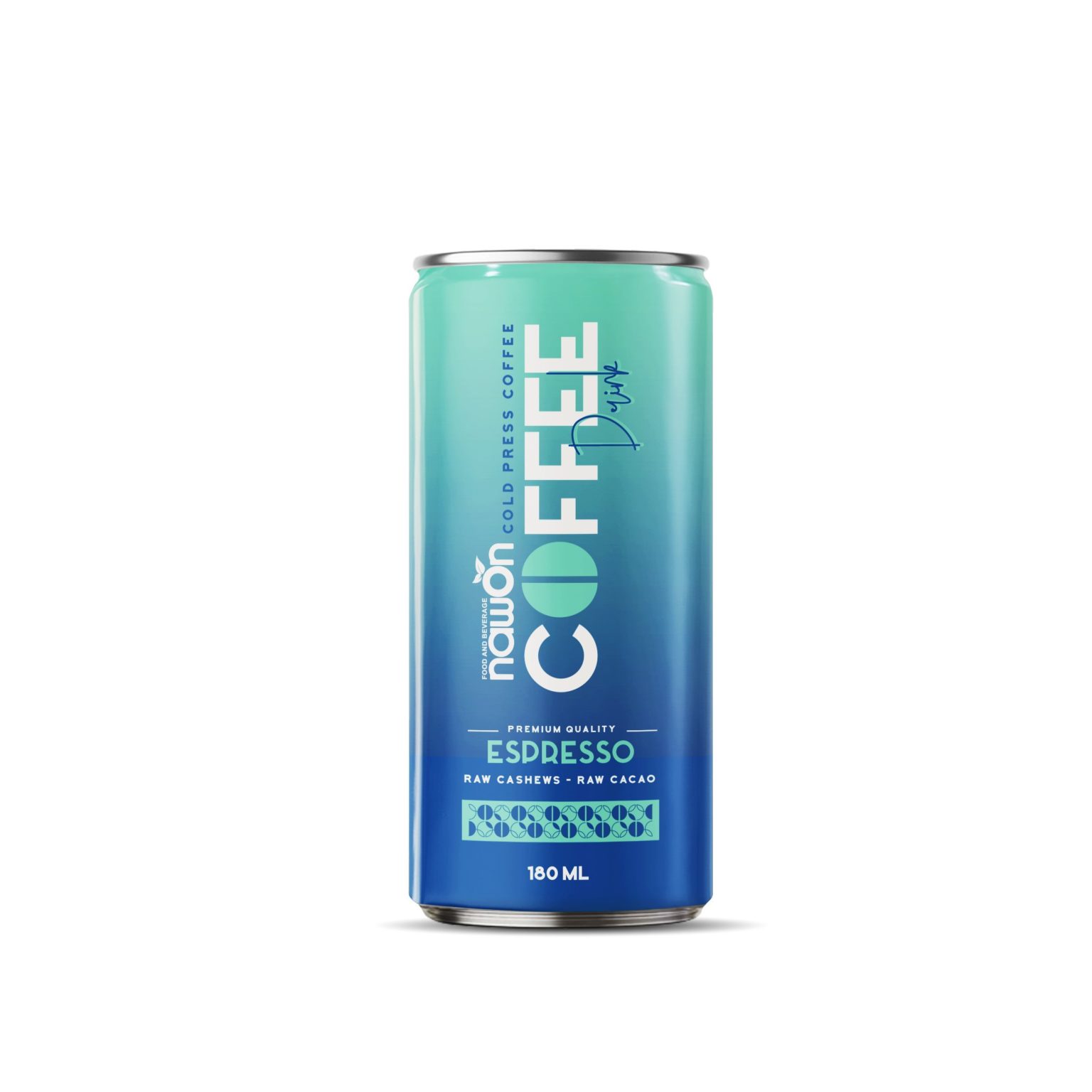Regarding caffeinated beverages, two popular options often come to mind are: espresso and coffee. While both drinks provide a much-needed boost of energy, there are distinct differences between the two. So, What is the difference between espresso vs coffee? This article will explore the variations in taste, preparation methods, caffeine content, and cultural significance of espresso and coffee drink.
What is espresso?
Espresso is actually not a type of coffee as we often think. To be precise, espresso is just a method of preparing coffee. However, today people often use this term to talk about a type of coffee that has a strong flavor and is served in small cups. Coffee brewed in this way will be called espresso coffee.
Espresso is a concentrated coffee drink mixed in a 1:2 ratio between finely ground coffee beans and hot water. It is made using an espresso machine, which forces water through coffee grounds under extreme pressure. A good cup of espresso must have a rich coffee flavor but must not taste burnt or too bitter.
The method of making espresso coffee originates from Italy. In Italian, espresso means express, a way to brew coffee and serve coffee immediately and quickly. Since becoming famous in Italy in the 1930s, espresso has begun to spread to Spain, then England to America and now in Asian and Middle Eastern countries.
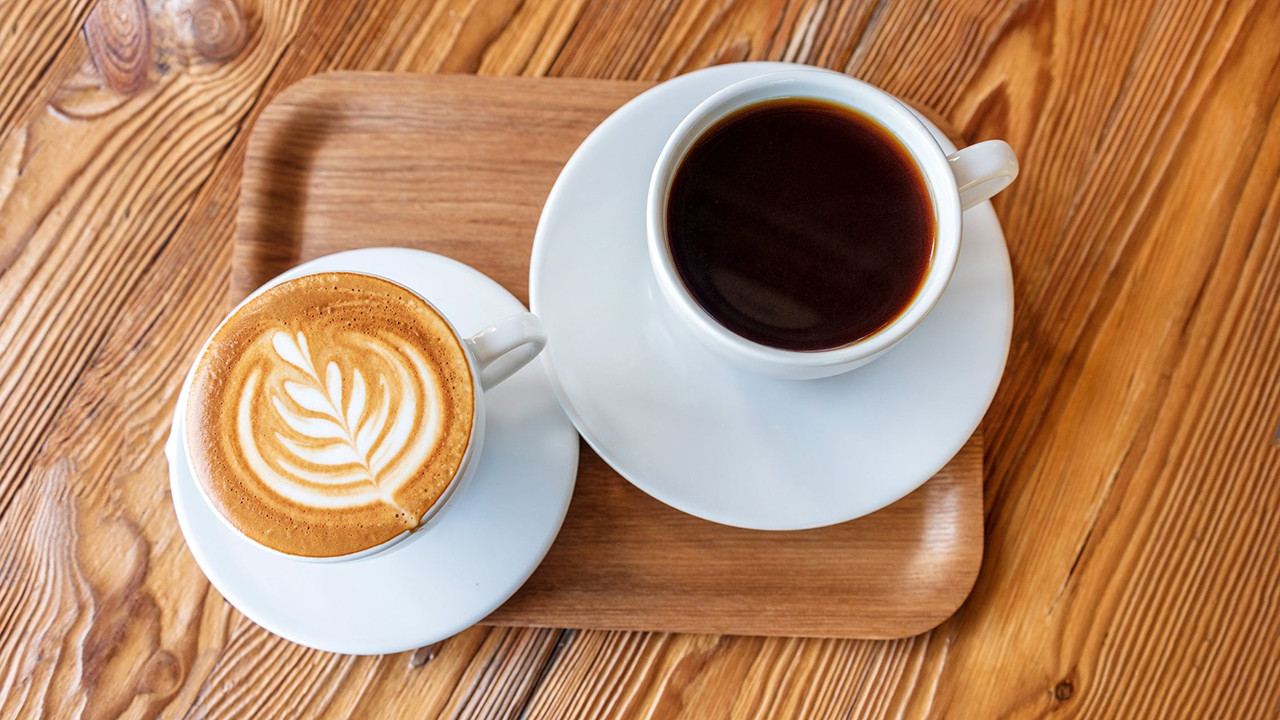
Read more: Vietnamese Coffee – What A Strong Culture
Explore The Taste Of Coffee Drink
Continuel
The difference between espresso vs coffee
Once again, we are talking about the difference between regular coffee and coffee prepared using the espresso method. So, if everything is coffee, what is the difference? If we see espresso as a type of coffee, it has some differences compared to regular coffee, in terms of ingredients, brewing method, characteristics of ingredients, and caffeine content… Specifically as follows:

1. Brewing Method
Espresso is a concentrated coffee brewed by forcing hot water through finely ground coffee under high pressure. This method results in a small, strong shot of coffee with a layer of crema on top. Besides, the brewing time for espresso is short, typically around 25-30 seconds.
The term “coffee” is often used to refer to drip-brewed coffee, which is made by dripping hot water over coarser coffee grounds. It is a more diluted and less concentrated form of coffee compared to espresso.
2. Grind Size
Espresso: The coffee beans used for espresso are finely ground to allow for a quick extraction during the short brewing time.
Coffee: Depending on the brewing method (e.g., drip, French press), the grind size for coffee can vary. It is generally coarser than the fine grind used for espresso.
3. Concentration and volume
Espresso: Espresso is a concentrated shot of coffee, usually served in small amounts, typically 1 ounce (30 ml).
Coffee: Regular coffee is more diluted and is usually served in larger quantities, ranging from 8 to 16 ounces or more.
4. Flavor profile
Espresso: Espresso is known for its intense, bold flavor, often described as strong, rich, and complex. The concentrated nature of espresso brings out the flavors of the coffee beans.
Coffee: Regular coffee tends to have a milder and more varied flavor profile. The longer brewing time allows for a greater extraction of flavors from the coffee grounds.
Caffeine in espresso vs coffee
A common misconception about espresso is that it contains more caffeine than regular coffee. However, this is only partially true. While espresso is actually more concentrated, it typically contains less caffeine per serving than a regular cup of coffee. On average, a cup of espresso (about 1 ounce) contains about 63 milligrams of caffeine. This number is lower than the caffeine content in an 8-ounce cup of brewed coffee, which can range from 95 to 165 milligrams.
Coffee, in its traditional brewed form, offers a variety of flavors, aromas and strengths. The caffeine content in coffee can vary depending on factors such as the type of coffee bean, brewing method, and serving size. Typically, a standard 8-ounce cup of brewed coffee contains about 95 milligrams of caffeine. However, this can vary significantly depending on the type of coffee beans used and the brewing technique.
Therefore, the difference in caffeine content of these two types of coffee may be equal or different depending on the preparation method.
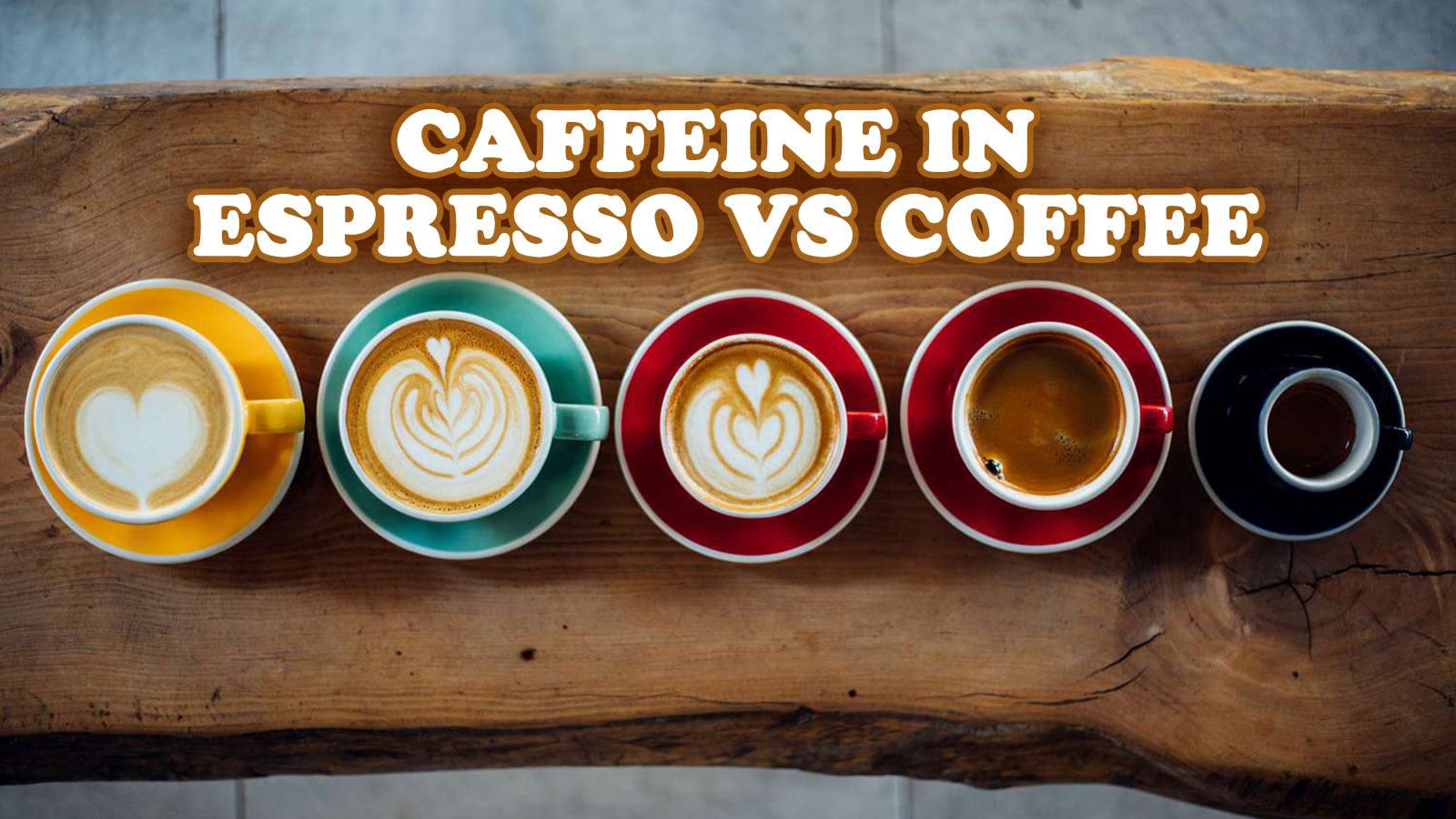
Espresso is the leading type of coffee consumed globally. As a beverage supplier and distributor, Nawon cannot stand aside. We provide premium quality coffee drinks from Vietnam. The place with the second largest export output of coffee and coffee drinks globally. If you are a retailer or a food distributor, check out Nawon’s coffee drinks. The sales and consulting team is always ready to support you 24/24 if you need any information about beverages or receive free samples or quotes. Thank you for your interest.

